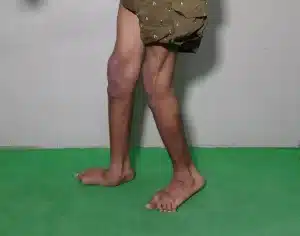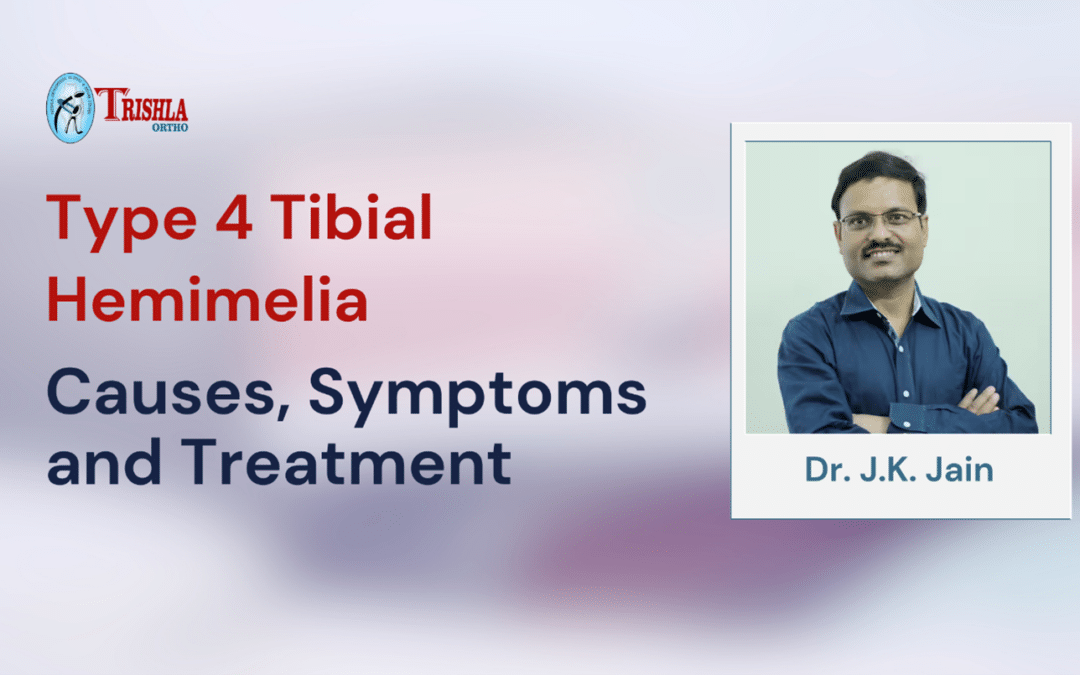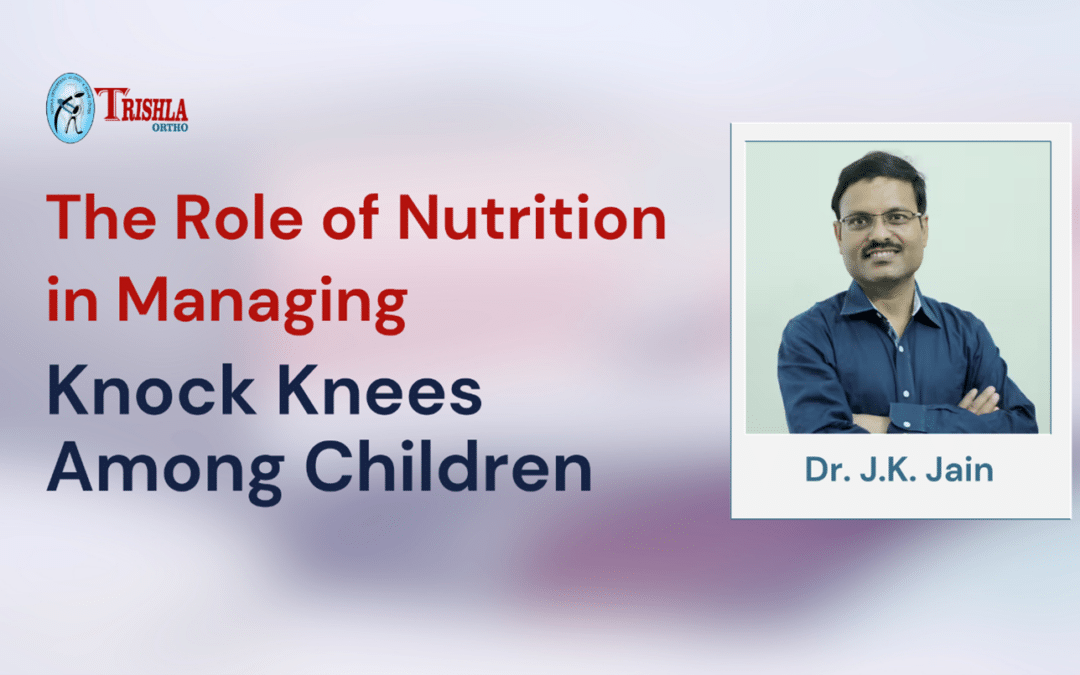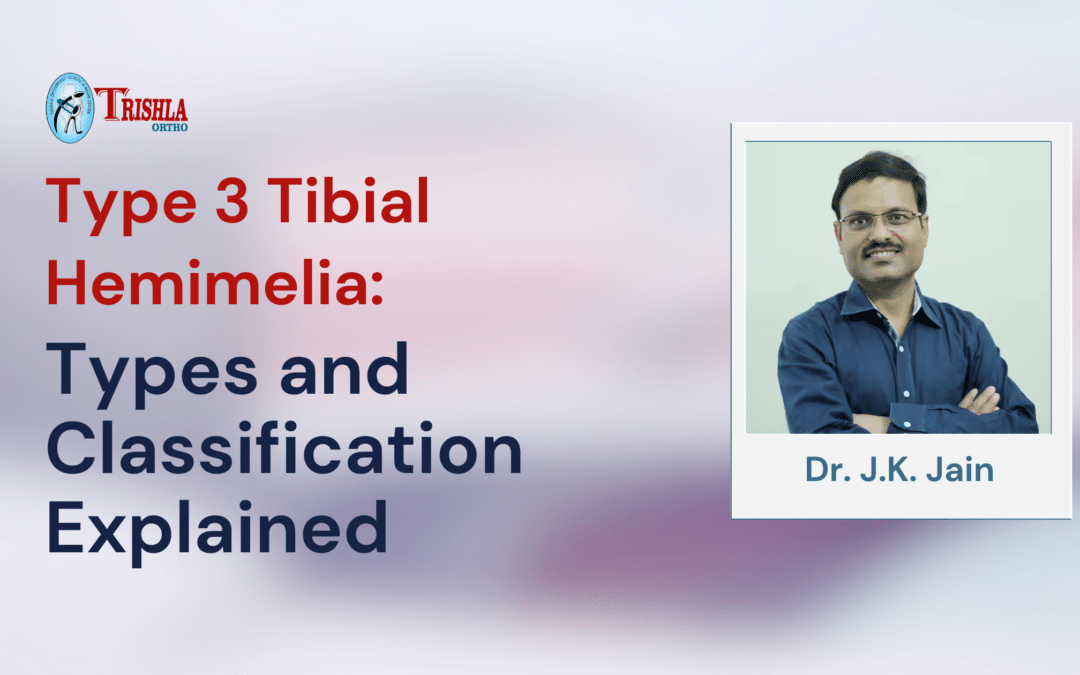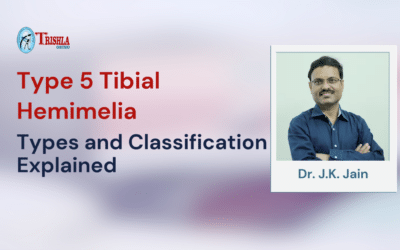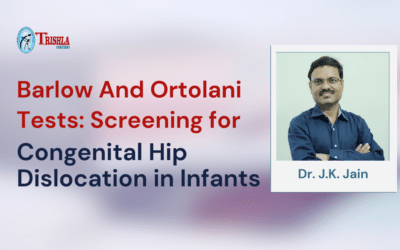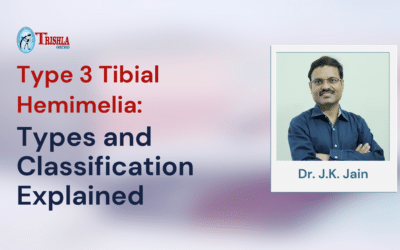Hereditary hypophosphatemic rickets is a disorder that is associated with low levels of phosphate in the blood. In most cases, the signs and symptoms begin during early childhood. Here, remember that the disorder’s features can vary greatly, even among members of the same family. Generally, it is difficult to identify the signs when the individual is mildly affected. Still, in the case of more severely affected children, they will start experiencing slow growth and will be shorter than their peers. Also, they will develop abnormalities that interfere with their movement and cause bone pain.
Signs and symptoms
Many signs can help identify ricket in children and ensure proper treatment is provided at the right time. Common signs of rickets in children include premature fusion of the skull bones, dental abnormalities, and abnormal bone growth where tendons and ligaments are attached to the joint. In adults, rickets are characterized by softening of the bone.
Researchers have described multiple forms of hereditary hypophosphatemic rickets, which can be distinguished by their pattern of genetic causes and treatments. The most common form is X-linked hypophosphatemic rickets, which have an X-linked dominant inheritance pattern. Here, autosomal dominant, X-linked recessive and autosomal recessive forms are much rarer. Another rare disorder is known as hereditary hypophosphatemic rickets with hypercalciuria. In addition, the condition is also characterized by excretion of high calcium levels in the urine.
Frequency
X-linked hypophosphatemic rickets are the most common form of rickets that run in the family. They affect about one in every 20,000 newborns. At the same time, the other forms of hereditary hypophosphatemic rickets have been identified in only a few families. Regardless of the condition, you must monitor the symptoms and start treating your child as early as possible. This is the only way he will be able to lead a better quality of life.
Causes
Hereditary hypophosphatemic rickets can be a result of mutations in several genes. Here, mutations in the PHEX gene are directly responsible for X-linked hypophosphatemic rickets. They are the ones that occur mainly, while mutations in other genes can also result in less common forms of the condition.
You will learn that hereditary hypophosphatemic rickets are often characterized by phosphate imbalance in the body. Among numerous functions, phosphate plays quite a crucial role in the growth and formation of bones in childhood. Also, it helps maintain bone strength in adults. Now, phosphate levels are controlled mainly by the kidney. Kidneys generally excrete excess phosphate in urine, reabsorbing this material into the bloodstream when required. However, the kidney cannot reabsorb phosphate effectively in people who suffer from hereditary hypophosphatemic rickets. Too much of this mineral will be excreted from the body as urine. As a result, not enough phosphate is available in the bloodstream to participate in regular bone maintenance and development.
The genes associated with hereditary hypophosphatemic rickets are also involved in maintaining proper phosphate balance in the body. Most genes, including the PHEX gene, indirectly or directly regulate a protein called fibroblast growth factor 23. This protein inhibits the kidney’s ability to reabsorb phosphate into the bloodstream. Gene mutations increase the production or reduce the breakdown of fibroblast growth factor 23. Now, the resulting overactivity of this protein can cause reabsorption of the phosphate by the kidney, leading to hypophosphatemic and the related features of hereditary hypophosphatemic rickets.
Inheritance
The children most inherited hereditary hypophosphatemic rickets in several forms of inheritance. When the condition results from mutations in the PHEX gene, it is inherited in the X-linked dominant pattern. Here, the PHEX gene is located on the X chromosome. It is one of the two sex chromosomes. In the case of females, a mutation in one of the two gene copies is sufficient to cause the disorder. In the case of males, a mutation in only one copy of the gene in each cell can cause the disorder. Here, a common characteristic of X-linked inheritance is that the fathers cannot pass X-linked traits to their sons.
Moving on, hereditary hypophosphatemic rickets can also have X-linked recessive patterns of inheritance. This condition is often called a Dent disease. Like the PHEX gene, the gene associated with the condition is on the X chromosome. In the case of males, one altered copy of the gene in each cell is enough to cause the condition. In the case of females, mutation would have to occur in both copies of the gene for the disorder. Now, it is unlikely that females will have two altered copies of this gene. So, males are affected by X-linked recessive disorders much more frequently.
In a few families, it is also seen that hereditary hypophosphatemic rickets have an autosomal dominant inheritance pattern. This means one copy of the altered gene in each cell is enough to cause the disorder. Here, the rare condition HHRH has an autosomal recessive pattern of inheritance. This means that both copies of a gene in each cell have mutations. Now, the parent of an individual with an autosomal recessive condition can easily carry one copy of the mutated gene. However, they typically do not show any symptoms or signs of the condition.
Conclusion
Identifying the signs and symptoms of rickets in children can be pretty complicated regarding hypophosphatemic rickets. So, it is always better to consult the best pediatric orthopedic in Prayagraj, who can provide the proper treatment. Consider connecting with Trishla Ortho for support. They have got experienced professionals who will be able to identify the condition and provide appropriate care. No matter the severity of the condition or the treatment required, they can develop something customized that will help the child receive proper care and attention. This way, they will guarantee a better quality of life.

